Fifth Day

http://www.mapblast.com/(in50rw55fuyvaguys3tcgf45)/Home.aspx
Ice Cave near Halstatt
We got up at 7:30 again, had breakfast and left for the Dachstein....We were very excited to visit the world biggest ice cave. The Dachstein massif expands at the intersection of three provinces - Salzburg, Steiermark and Oberösterreich. The mountain is known as the most eastward, 3000m peak of the alps - however, it is "only" 2993 above sea level . The mountain here are composed of the famous Dachstein Limestone. These were formed in the Thetys ocean during the Triassic. They were uplifted during the Alpine orogenesis. Numerous well known caves are located around here but we visited the famous ice cave.
We had to take a Cable Car up in the mountains and walk a mile or so to the entrance of the cave.

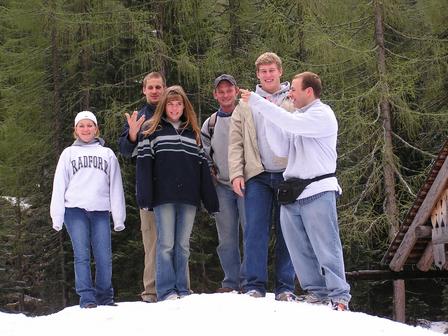
To the newcomer: An ice cave can be
any cave in rock that is partly filled with ice. However we should not
apply this term to glacier caves. Often, the ice forms in massive
icicles or flows, when water percolates through unfrozen rock and
seeps into a cave containing freezing air drawn in from the outside.
This could be a seasonal situation in many alpine caves, but if winter
freezing exceeds summer melting than the ice may become permanent, as in
this cave we just visited. For the ice to be permanent the air
temperature in the cave must remain below freezing. Our guide made sure
to close the doors behind us, so the summer heat would not reach the ice
formations. The ice made fantastic stalactites, stalagmites and
flowstone. We felt we were in wonderland. On the tour the attraction
that they used was color light effects, which made the ice
formations incredible and mysterious.
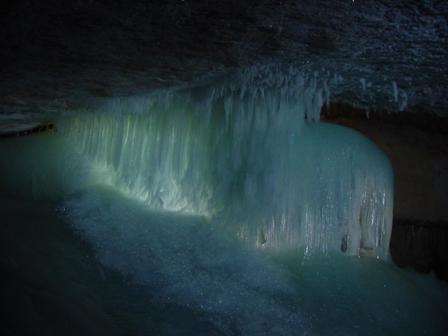
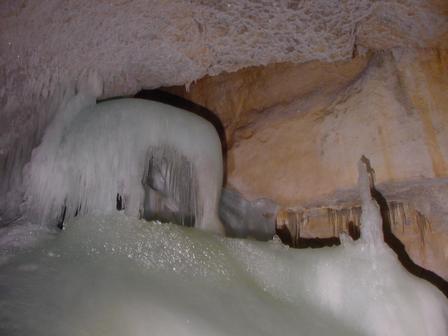


Flash photography was not permitted in the cave so I had to use my camera without it. I am really pleased with the result.
Halstatt
After the cave tour the rain started
again....heavy at times. All we wanted is just to sit at the fireplace, but Dr
Anna almost carried us to Halstatt. Sometimes people have to be forced to do
something new. Again she was right, Halstatt was a place not to be missed. It is
called the Jewel of the Austrian Alps.
A guidebook author and TV travel host Rick Steves wrote this
description of Halstatt:
The minute it popped into view, I knew Hallstatt was my Alpine Oz. It’s just the
right size (1,200 people), wonderfully remote, and almost traffic-free. A tiny
ferry takes you from the nearest train station across the fjord-like lake and
drops you off on the town’s storybook square.
Bullied onto its lakeside ledge by a selfish mountain, Halstatt seems tinier
than it is. Its pint-sized square is surrounded by ivy-covered guest houses and
cobbled lanes. It’s a toy town. You can tour it on foot in about 10 minutes.



At the catholic church there's limited cemetery space so the old bones have been dug up and put on display to make room for new. Here's the bones, painted with the owner's name and decorations, and sorted with skulls on top an long bones down below. As we learned, people could pick their skull decoration while they were alive.


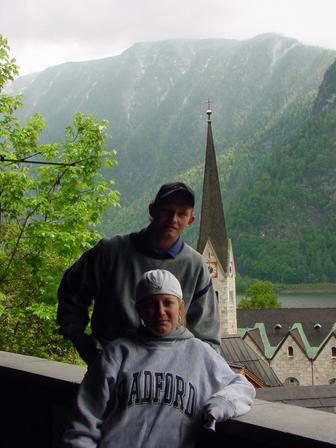

On the way toward Salzburg, we stopped for lunch at our bed and breakfast. The weather was still quite sad, stormy, and we were tired, so Salzburg did not become one of our favorites. First we went to the castle.
Salzburg Castle (Festung Hohensalzburg) stands on the Mönchsberg, a 400 foot hill overlooking the beautiful and musical Austrian city. It is Europe’s largest fully-preserved castle but, despite its great age (over 900 years), it has little history as it was never attacked and only occupied once when it was surrendered to Napoleon without a fight.
It was built in 1077 by Archbishop Gebhard as a refuge in the midst of a controversy between the pope and the king as to who had the right to appoint bishops. The fortifications were expanded in the early 12th century. It was used as a refuge during the 15th and 16th centuries during the Hungarian and Peasants’ Wars. During this time it was enlarged and the arsenal and granary erected. The exterior view has been virtually unaltered since then. Its final alterations took place in 1681 with many Italian baroque modifications.. During its long history it served as a refuge for the archbishops, a military barracks and a prison. It can be visited today and is reached either by a funicular railway, built in 1892, or a hard slog up the hill and has tremendous views from its walls of the city beneath on one side & the Alps on the other three. There are winding passages and ornate state rooms, including the Golden Room and Golden Hall together with a museum of medieval torture. (http://stronghold.heavengames.com/history/cw/cw48)


Salzburg Castle
After the castle we were just walking around.
I found this interesting site about Salzburg:(http://www.infoplease.com/ce6/world/A0843303.html)
It is a predominately mountainous region, with parts of the Hohe Tauern Mts. and Salzburg Alps, and is drained by the Salzach River. There are famous salt deposits that have long been worked, as well as gold, copper, and iron mines. Precious stones are also found there. A scenic area, it is noted for its numerous Alpine resorts and spas. Manufactures include clothing, leather, textiles, beer, wood products, paper, and musical organs. Cattle and horses are raised. Kaprun dam, on the Salzach high in the mountains, includes one of the largest hydroelectric facilities in Europe. Picturesquely situated on both banks of the Salzach River, the city is bounded by two steep hills, the Capuzinerberg (left bank) and the Mönchsberg, on the southern tip of which is the 11th-century fortress of Hohensalzburg (right bank).


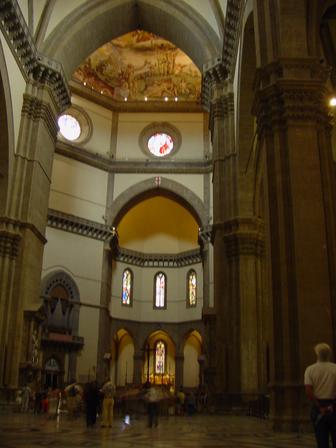




Pictures from Salzburg
We were all tired, and ready to have a great dinner near the fireplace at our bed and breakfast.
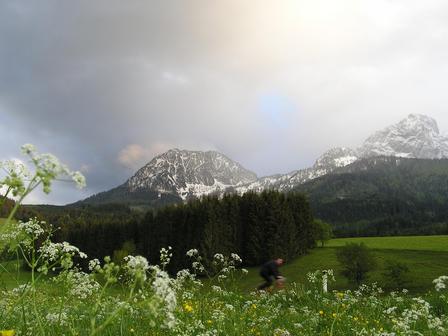
The view from our bed and breakfast
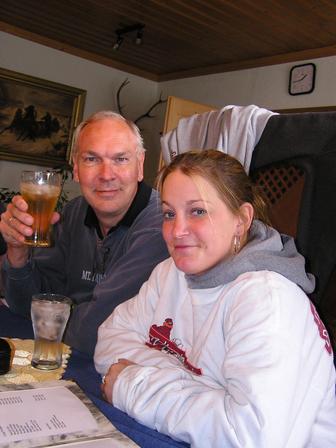
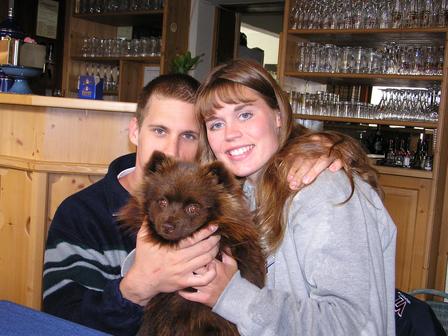


Norbert and his wife Our whole group
(In this section, if otherwise not stated, the pictures were taken by, and the property of Dr. Anna Balog-Szabo)